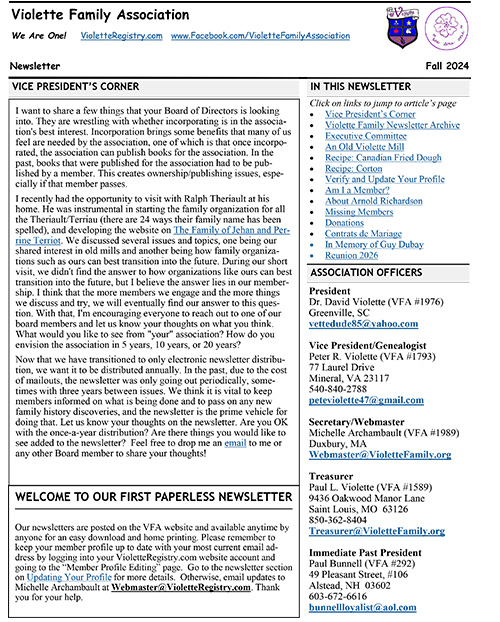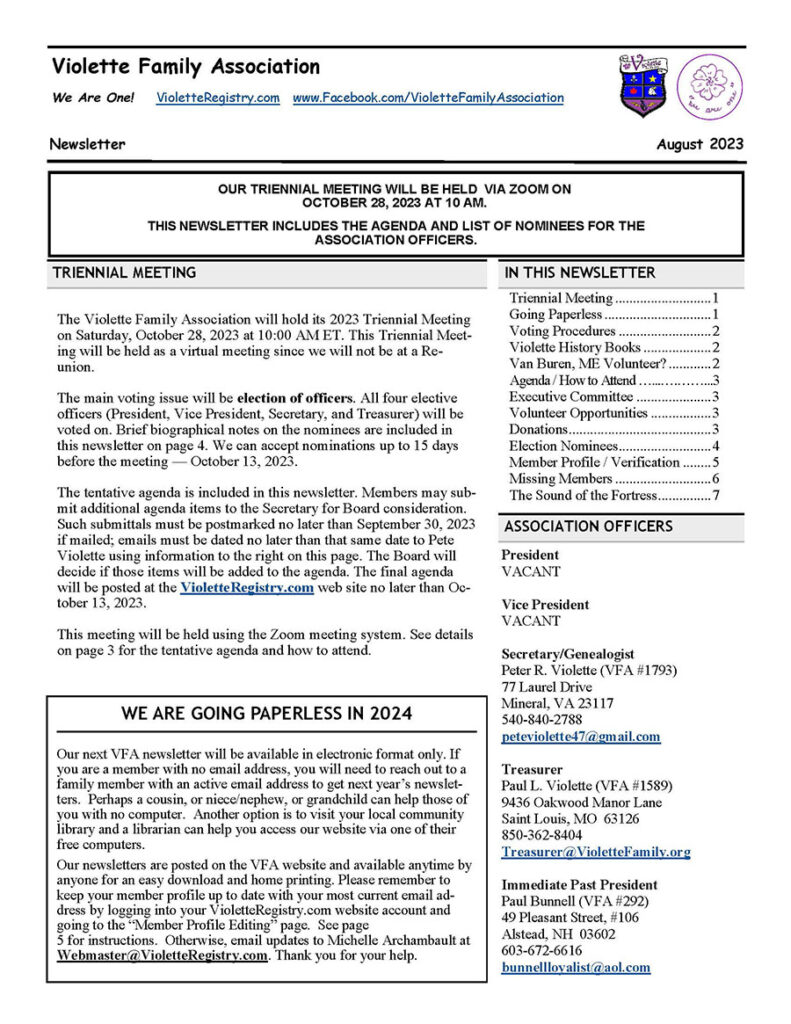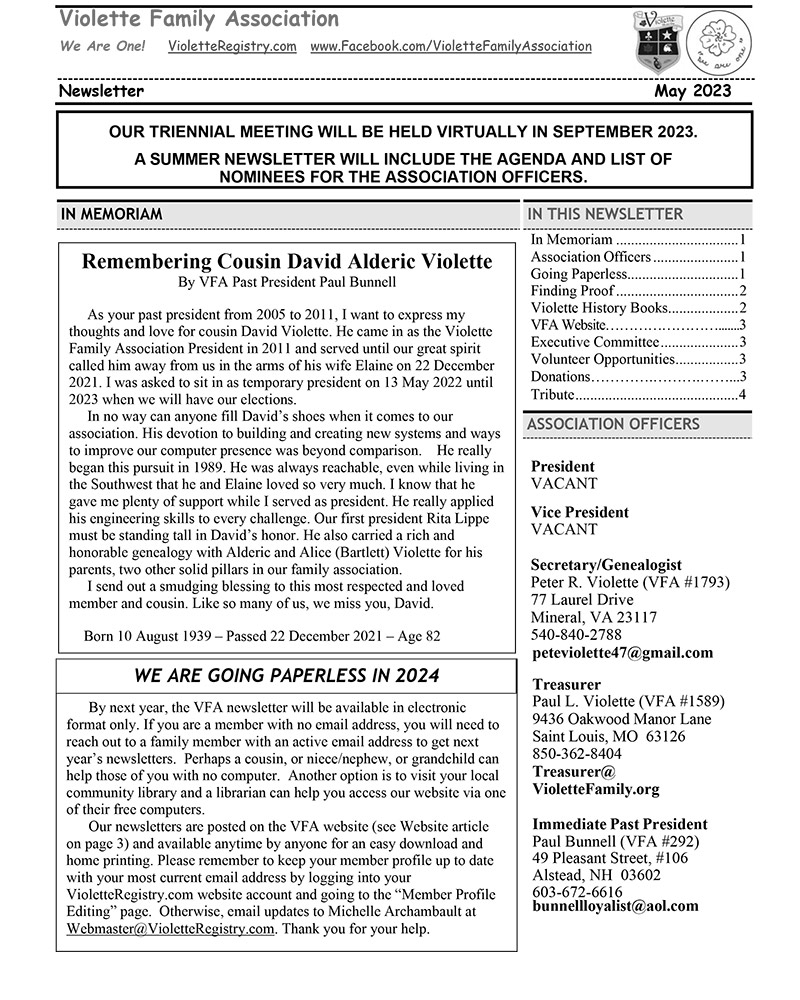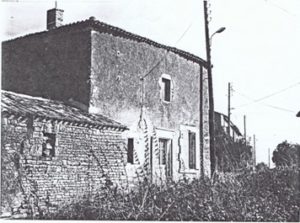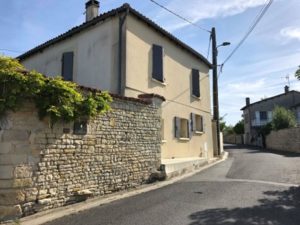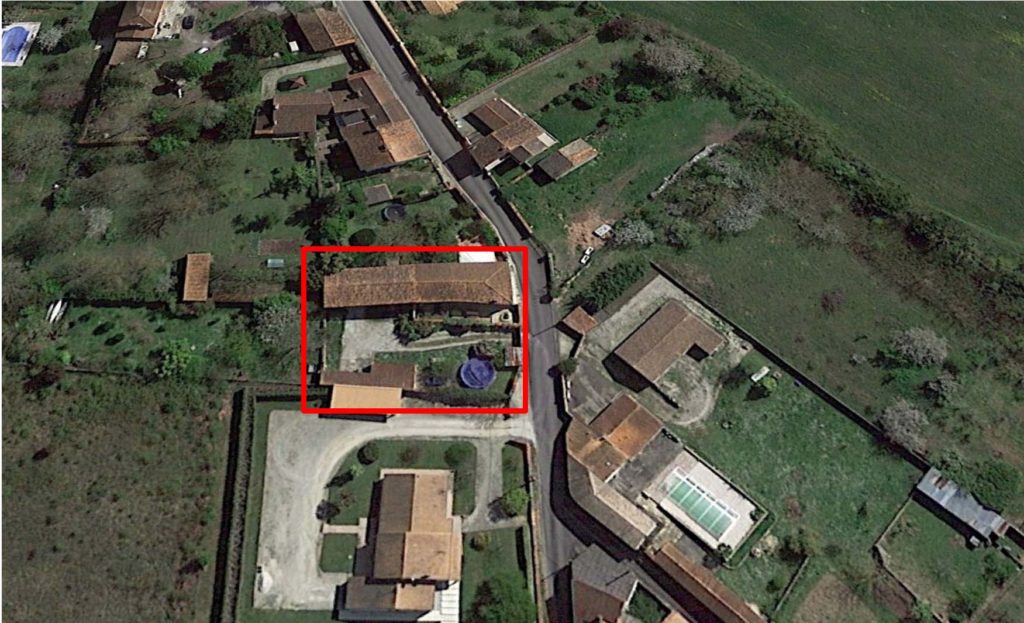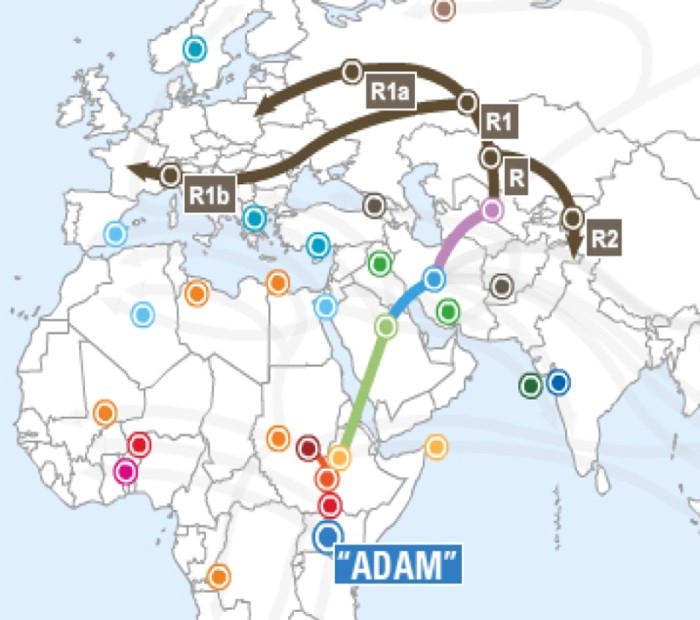Number 3 in a series on DNA by Nancy A. Nolette, VFA #1702
I opted to use Family Tree DNA for my genetic coding in 2006 as it was the only one offered by the National Geographic Genographic Project. I have subsequently had my genetic coding shared with 23andMe and GEDCOM. I selected 23andMe for their research and analysis on genetic predispositions for my health and future medical concerns. I prefer to use internet sites with free name searches for my genealogical ancestry.
The genetics from my cheek swab can tell me everything about my past, present and future, genetically and anthropologically. In 1981 geneticists started by selecting an unknown, random woman and plotting her genes as their base. This gal lived in the English countryside. They called the test everyone was compared to as the Cambridge Reference Sequence (CRS) from the University of Cambridge. The CRS had 5 base regions and when compared my mtDNA showed I matched 3 of the 5. I believed I was from 100% French ancestry, apparently not, yet forgetting about my Norman ancestors.
As research advanced maternal lines were identified that led back to the original birth mother named “Mitochrondrial Eve” who lived 150,000 years ago in Eastern Africa. Today an alternative sequencing is available for Africans with the Yoruba Reference Sequence based for a Ugandan-African woman. Other mtDNA sequencing was developed for the Swedes and another for the Japanese.
In 2012 researchers replaced the revised Cambridge Reference Sequence (rCRS) with a new Reconstructed Sapiens Reference Sequence (RSRS). The RSRS represents the ancestral genome of “Mitochondrial Eve” from whom all currently known human mitochondria descend.
DNA testing will also determine your Haplogroup or genetic population group difference from the base sequence. Haplogroups are defined by specific mutations occurring tens of thousands of years ago and passed down to all of today’s populations. It identifies ancestral ethnic and geographic origins of your maternal and paternal lines.
In the book, “The Seven Daughters’ of Eve,” these mtDNA origins and their locations have been identified and designated applying to 95% of European woman descendants. Movement out from Northeastern Africa was influenced by many factors. If your mtDNA begins with one of these letters then it is your maternal lineage clan. The research criteria required the clan mother to have daughters to pass on the mtDNA and importantly two daughters to validate the mtDNA.
U for Ursula who was born 45,000 years ago in present day Greece. Today about 11% of modern day Europeans are her descendants. My first cousin is a U-5ala and her mother is from Delft, Holland and years ago was known as the Spanish Netherlands. A friend’s daughter-in-law is also a U whose family is from Recife, Brazil that was settled by the Portuguese.
X for Xenia who lived 25,000 years ago in present day Kazakhstan. 6% of today’s population living in central Europe can trace their maternal ancestry to her. 1% of native Americans share her mtDNA as well.
H for Helena who lived in south central France 20,000 years ago. Her mtDNA may have had special biological qualities that advantaged 41% of European woman who are her descendants today. A close friend is a H-1 and claims British ancestry. She matched the CRS with only 2 of 5 segments.
V for Velda is 17,000 years old who lived in northern Spain. About 4% of western European woman share her mtDNA today. A small group of her descendants can be found in the northern regions of Finland and Norway.
T for Tara who lived in northwest Italy 17,000 years ago. Her descendants, over 9%, can be found living along the Mediterranean and Western edge of Europe. Many live in Ireland and western Britain. My mtDNA shows I am a T for Tara, T-2. I have traced my ancestors to Normandy, France.
K for Katrine who has 10% European descendants who lived 15,000 years ago in Northern Italy and around the Mediterranean countries.
J for Jasmine who originated from the Near East 8,500 years ago and has just under 12% descendants living today. They are divided into 2 groups, one along the Mediterranean in Spain and Portugal to Cornwall, Wales, and west of Scotland and another group spread through central Europe.
Recently added is another clan mother, Ulrike, who is 18,000 years old originating from the Ukraine. Her descendants comprise 2% and can be found in Scandinavia and the Baltic areas.
Another 26 clan groups exist in the rest of the world with Africa having 13. Four mtDNA clans dominate native American genetics traced back 13,000 years ago.
Since we are primarily descendants from Western Europeans, I have selected these 7, now 8, daughters of “Mitochrondrial Eve” to highlight. Eventually all these daughter clans, that spread out about 100,000 years ago from Africa, will converge on the one mother, Eve, who lived there 150,000 years ago.
The series continues. . .
